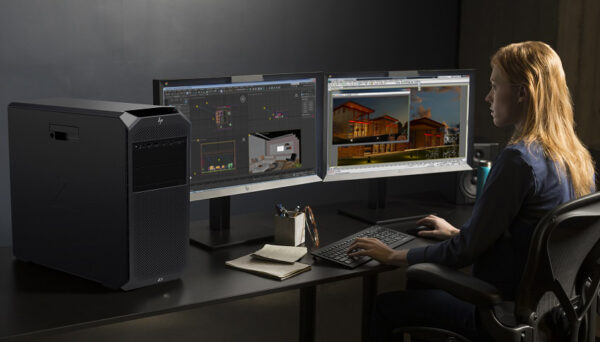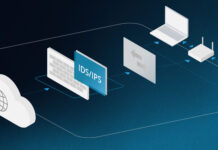With the launch of AMD’s Zen 3 5000 series processors and NVME M.2 SSDs hitting the Gen4 stage in terms of speed, desktop workstations are better than ever. You can multitask, run demanding programs, and experience read and write speeds that NASA wishes they had when they were sending people to the moon. You can cater your desktop workstation to fit everything from simple data entry to coding and 3D modeling.
So what hardware components should you look for in a desktop workstation?
Here is your complete guide to understanding how powerful your workstation should be.
CPU
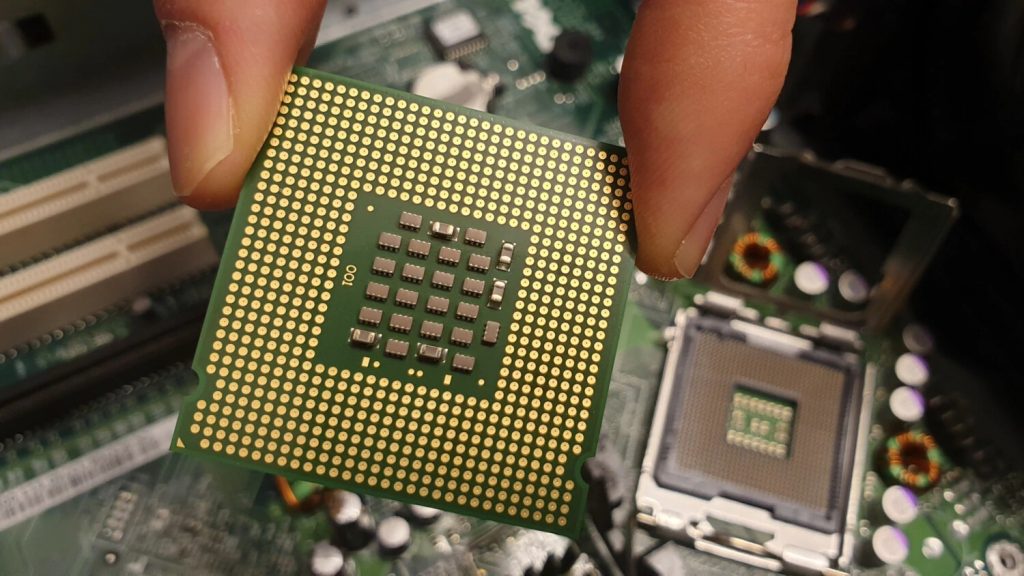
The central processing unit (CPU) is the most important part of the computer, as it is the brain behind the operations. If you’re buying a desktop workstation with the sole purpose of maximizing how much rendering and multitasking you can do, then you never want to cheap out on the CPU.
You have two main options for picking up a desktop CPU, Intel, and AMD. In recent years, better multi-core performances have come to the spotlight. Multi-core workloads are common in industries where you’re involved in coding/cybersecurity, video editing, and 3D modeling.
Check out Lenovo for all their options when it comes to their already built desktop workstations.
Intel (Team Blue)
Until around 2019, Intel held the top spot for both single-core performances as well as multi-core performance. They are a tried and true CPU platform that you can expect to deliver the results you’re looking for.
Now, Intel barely holds onto the single-core performance and has fallen off in terms of workstations. Single-threaded tasks like gaming and certain special effects programs need the highest possible core clock speed to run through calculations presented to the system.
With the 11th generation of Intel i-series CPUs now hitting the market, you can look to see base speeds of around 3GHz and turbo-boosting to 5.1GHz and above.
AMD (Team Red)
AMD has taken the spot as the number one option for workstations. Not only do they now match Intel when it comes to single-core performance, but they absolutely demolish Team Blue when it comes to multi-core performance. Your workstation can now have an AMD Threadripper featuring 64 cores and 128 threads (thanks to hyperthreading), which can outpace rendering from anything Intel has to offer.
For those that are looking for a workstation in the engineering department, educational studies, or content creation, you’ll want to go Team Red. They simply provide the best performance possible and can handle whatever task you throw at them.
GPU
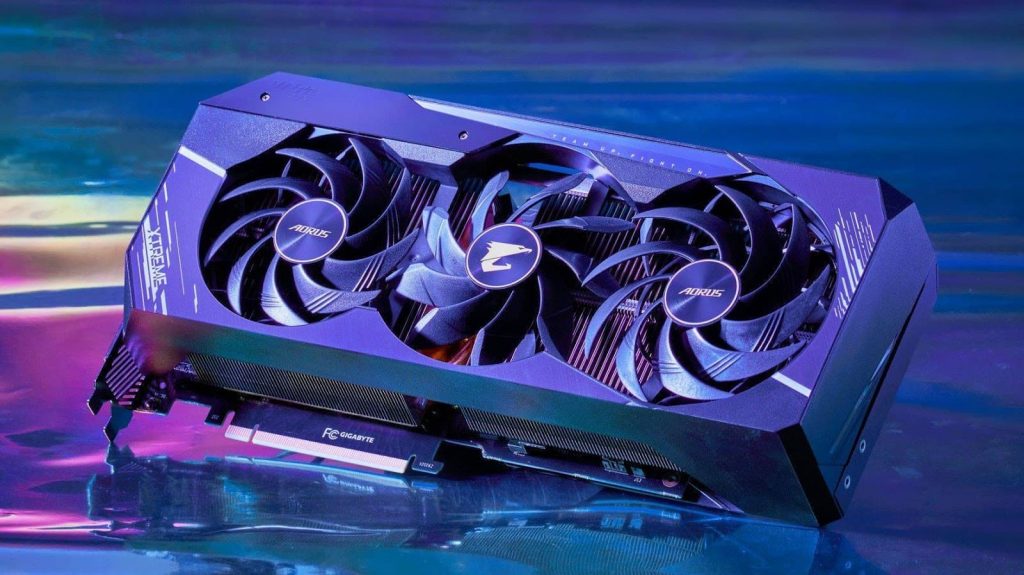
The graphics processing unit (GPU), is the component responsible for handling your graphics output. They help the CPU handle data loads that relate to graphics and will output them to the monitor. The only problem is that there is a shortage of dedicated GPUs as people are either scalping and reselling or mining with them.
Onboard
Onboard graphics refer to when a CPU has a dedicated amount of cores specifically for processing graphics. These are common in laptops and low-end PCs, as they don’t require an additional item to buy.
While these onboard graphics can handle small workloads, they produce extreme amounts of heat and won’t be producing high-quality work anytime soon.
Dedicated
For a workstation, a dedicated GPU is the way to go. If you’re looking to just use this computer as a workstation, you’ll want to get a graphics card that focuses on work productivity rather than gaming. This means you’ll want to look into Nvidia’s Quadro series or AMD’s Radeon Vega series.
Both of these dedicated graphics series are going to focus on the computational cores rather than processing data sets to display graphics in a game.
If you’re going for a workstation that doubles as a gaming computer, then you have the options of Nvidia’s RTX 3000 series or AMD’s RX 6000 series. Both of which support ray tracing and outputting as many frames as possible at the best resolution for your gaming experience. They still work well for workstations as these cards need a lot of processing power to output as much data as they do.
Storage Device
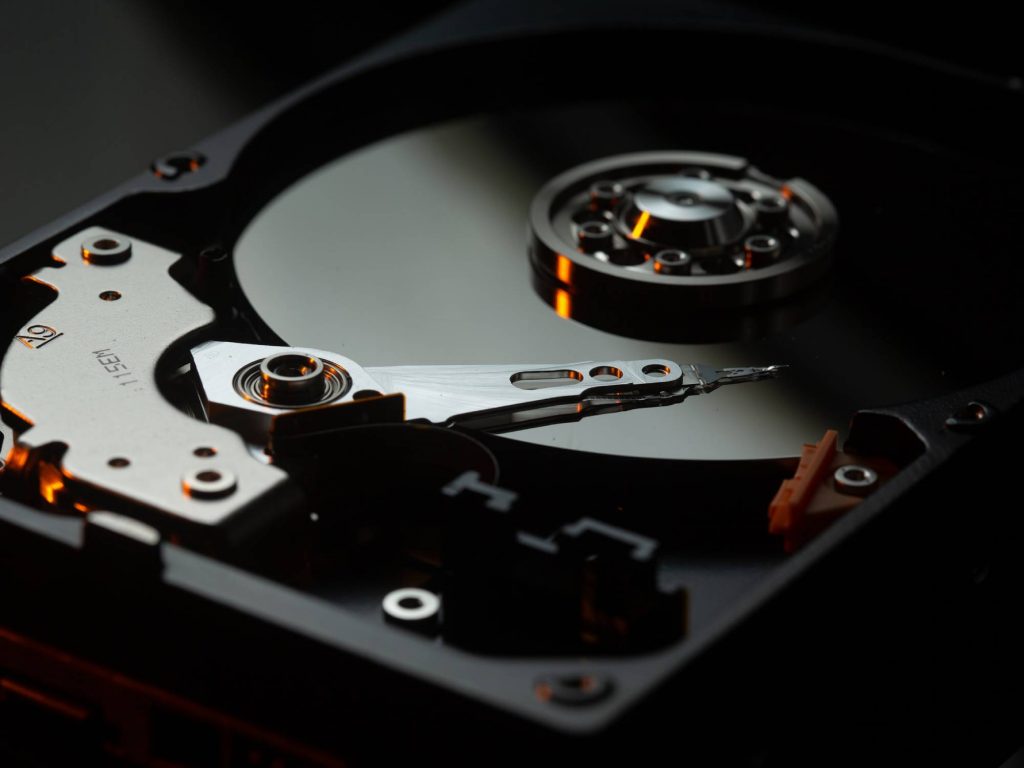
The type of storage device that your workstation comes with also plays a portion into the performance. Your GPU and CPU can only load data as fast as the storage device lets them access it.
If you’re in need of bulk storage, an HDD is a great option. For those that want fast booting and loading times on programs, moving up to an SSD will make a huge difference. To get the best results possible, pick up an SSD for programs and an HDD for storage.
Hard Drive
Mechanical hard drives are great for storing your bulk work like media, documents, and projects that are not currently in use. These drives are cheap and can offer terabytes of storage without needing to fork over an arm and a leg like an SSD would cost.
SATA SSD
For those that are looking for a solid in-between, where you get faster load times but still want good amounts of storage, you can go for a SATA SSD. These load about 3x faster than an HDD and have been steadily dropping in price over the last few years.
SSDs are also less likely to fail than HDDs because there are fewer moving parts. They can handle vibrations that come from multiple drives in a case without worrying about a sudden drive failure.
NVME M.2 SSD
For those that want the fastest read and write speeds available, you’ll want to pick up an NVME M.2 SSD. These drives plug directly into the motherboard, allowing for up to 5000MB/s of read speeds. Compared to an HDD, which reads only at 190MB/s, you’re looking at a substantial increase in time.
RAM
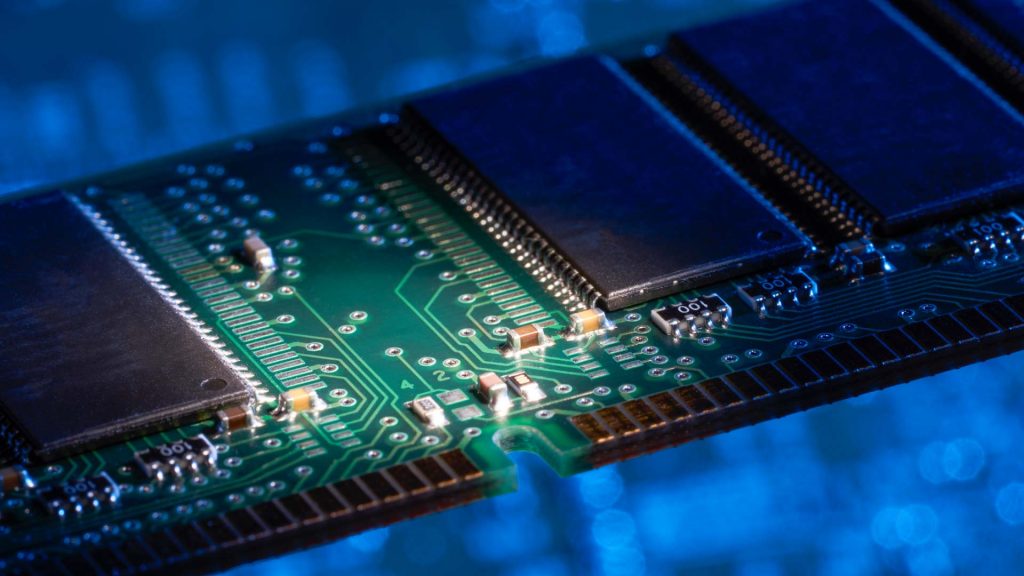
Random-access memory (RAM) is another component that you’re going to want to make sure that you’re not skipping out on. RAM is responsible for helping your CPU utilize data sets being thrown at it, as well as caching information from browsers to access later.
Most workloads will utilize around 16 GB of RAM. This allows you to have one or two programs open like Photoshop, while also browsing the internet or watch a movie with several tabs open.
For those that are dealing with more intensive editing and workloads, you’ll want to move that number up. Those that are working in heavy video editing and need multiple media playing at the same time will want at least 32 GB of RAM. Even that might not be enough and you might have to delve into the 64 GB or higher.
The speed of the memory that you go for will depend on the CPU that you go for. If you decide on Team Red, you’ll want RAM of at least 3200MHz to utilize the Infinity Fabric that comes with AMD Ryzen processors. If you’re Team Blue, then working with slower RAM won’t affect your workstation too much.
Motherboard and I/O
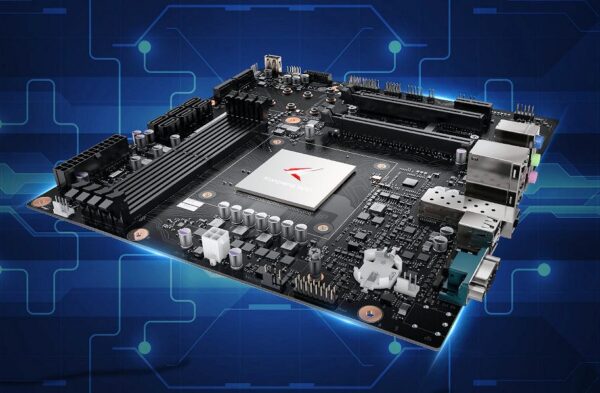
The last thing you’ll want to check is the motherboard that comes with your workstation. When you have a good motherboard, it allows for good expansion, offers robust amounts of I/O, and can handle fast networking when connecting to a local network.
Expansion refers to the number of PCIe slots there are on a motherboard. This will determine how many graphics cards or add-in cards that a motherboard can support. The more PCIe, the more room you have to upgrade the workstation down the road.
Your I/O, or input and output, will be the number of USB ports, audio jacks, and display ports. The more I/O your motherboard allows, the more you can do in terms of utilizing your USB ports. You need to plug in your mouse, keyboard, adapters, and anything else that requires a USB port.
Networking refers to the ethernet port that your motherboard has. The standard has slowly become 2.5 GB ethernet ports which allow you to connect to local networks. While your connection to the internet might max out at around 1 GB if you have fiber, your local network can get much higher speeds.
If you have a server to connect to with your workstation, having good networking will allow the process of uploading and downloading from the server to be faster.
Power Supply
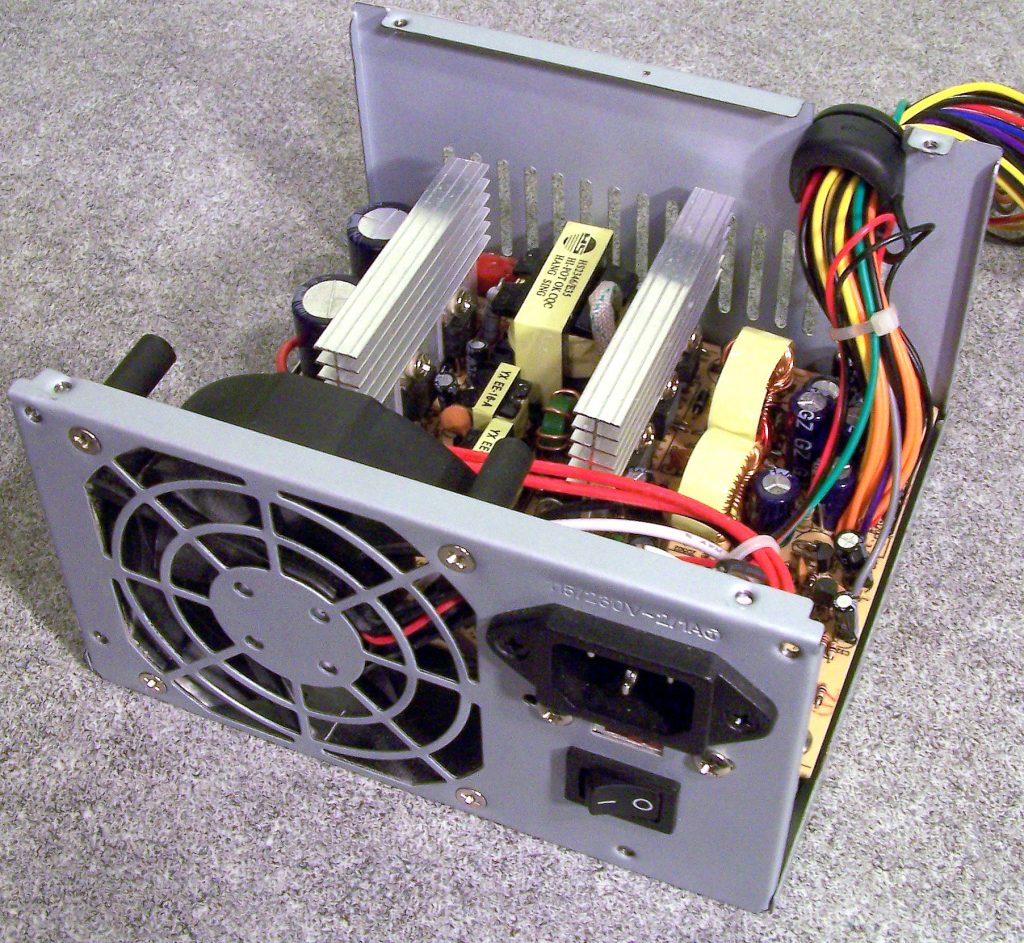
Lastly, make sure your power supply (PSU) can handle the high-end products you’ll be putting in your workstation. You don’t want a weak power supply of 550 watts powering a system that needs upwards of 850 watts.
Check to see the recommended wattage for each piece that comes with your workstation and ensure that your PSU can handle it. If you want to upgrade down the road, you’ll want to do the same process of ensuring that your current power supply can handle it.
Picking a Desktop Workstation Doesn’t Have To Be Hard
Your next desktop workstation is just a few clicks away. Now that you have learned the specs to look out for, head to the tech specs of the workstation you’re looking at and ensure that it meets the requirements for your job. If you can’t find one you’re looking for, consider building your own.
If you want to learn more about the different parts of the computer, then check out the rest of our blog. If you know someone in need of a new workstation, be sure to share this article with them or keep exploring our site for more tech advice.

